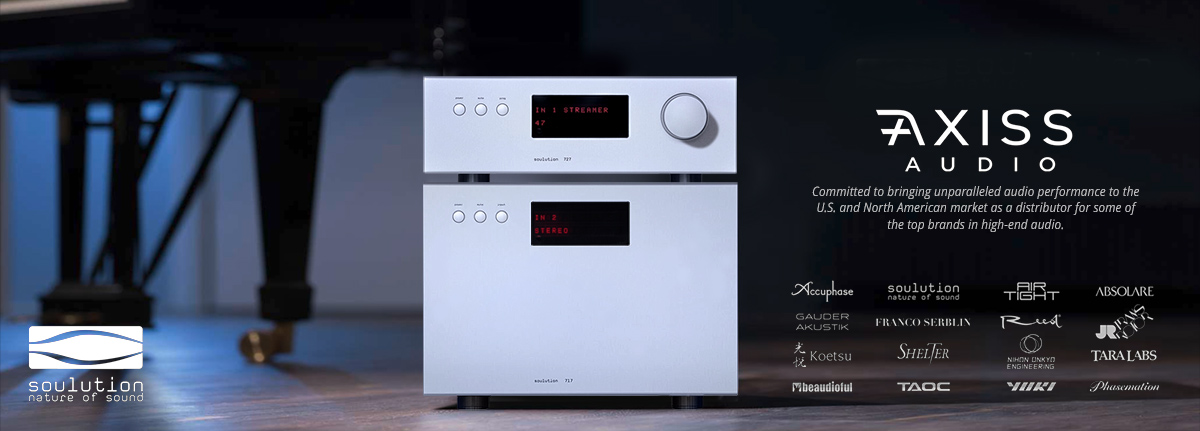I think needing to increase speaker impedance would be covered by 2) speaker incompatibility.
I was not aware OTLs are often lacking in bass. I certainly did not have that feeling with Danny's Einsteins driving Alexxes.
The third harmonic point is an excellent one and, in fact, Ralph said this himself. But no OPT tube amplifier I have ever heard approaches the clarity of the OTL I have heard. Why do you think it is not the OPT? Maybe it is the OPT supplemented by the second harmonic distortion of the SET?
If not the OPT to what do you attribute that incredible crystalline transparency of the OTL?
Some say SET is the most transparent, others say OPTs screw them up. The reverse is true with OTLs - because you are forgetting how the tube circuit without the OPT is designed (paralleled tubes through more of a Class B stage). And they are threat to oscillate, run tubes hard, and blow up. There are negatives just like any other amp design.
Sean Casey at Zu makes an "OTL friendly" version of his speakers - at 32 ohms.
As far as Danny's system, what other amps did you compare with? I've heard Einstein vs Dart in his old house.
Last edited:
















